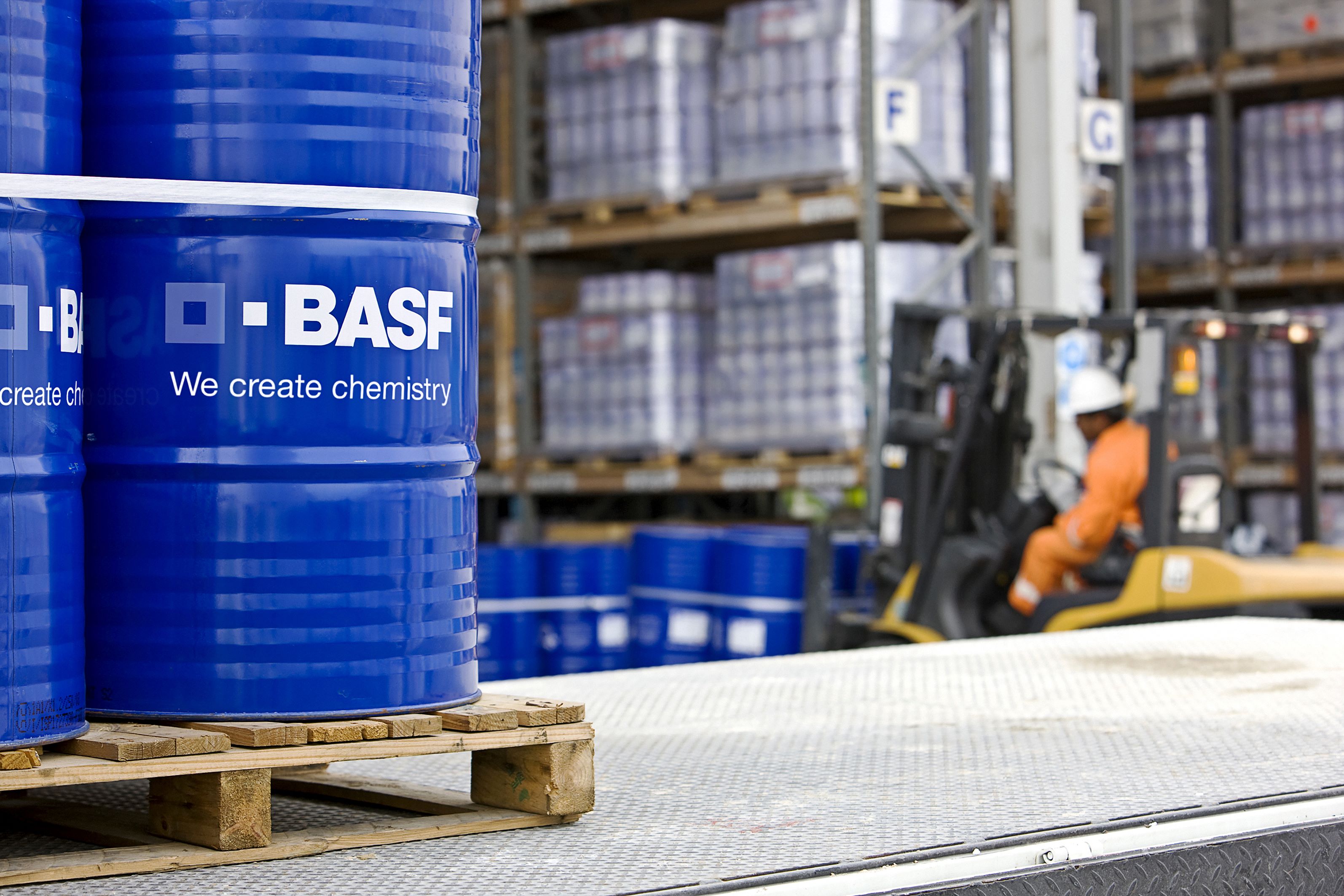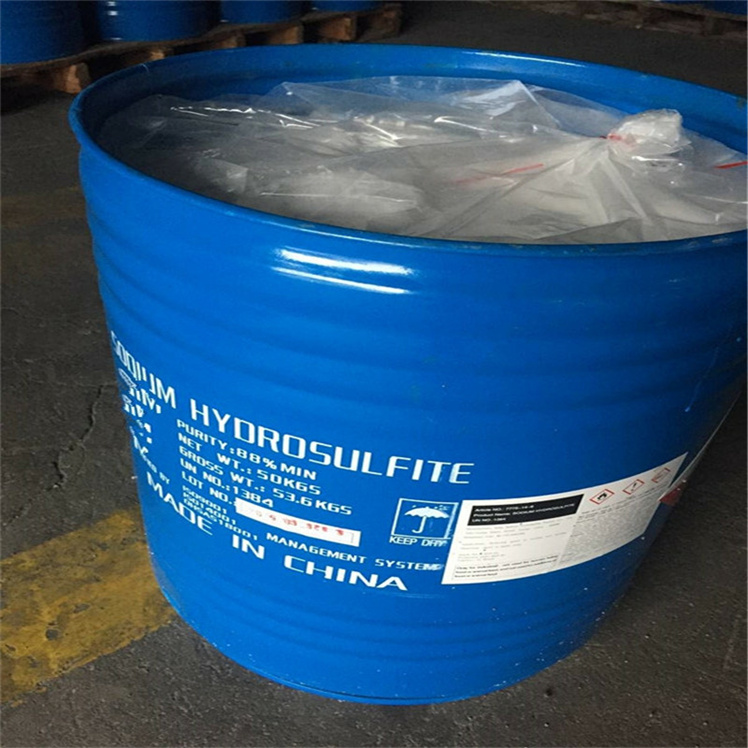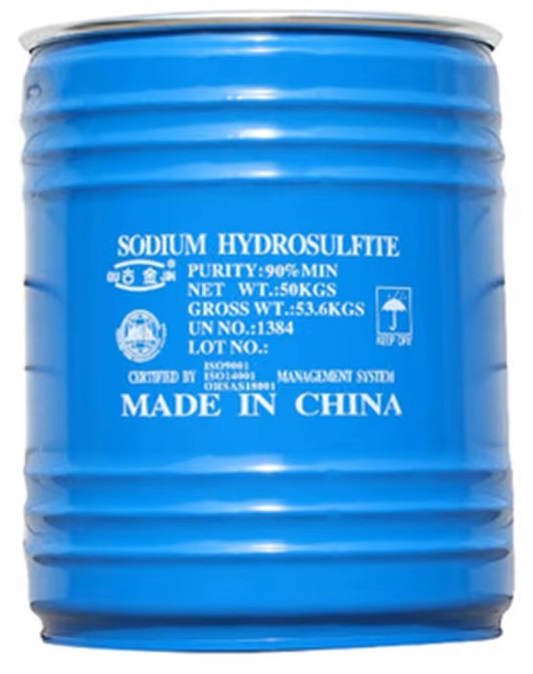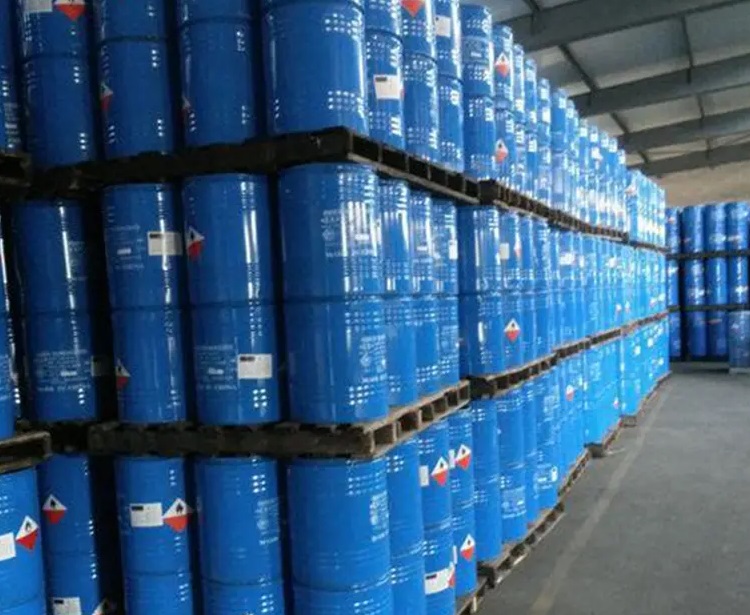We unleash your business potential by maximize the business innovation.
Send Email*Sodium Hydrosulphite, Hydrosulphite F, Hydro Blue 92 (Archroma,BASF Original), 7775-14-6
Chemical Name; Sodium Dithionite
Molecular Weight; 174.107g/mol
CAS Number; 7775-14-6
Sodium hydrosulfite is a fluid, dry and white chemical that can be found in different concentrations with different sodium dithionite levels. It is an inorganic salt. It is a very strong reducing agent. It is in solid, powder or crystalline form. In the presence of another chemical compound, it works by adding sulfur (S) to that chemical compound. Here, sodium dithionite gives sulfur (S) to the other compound or compounds, giving electrons and sulfonating agent. In this way, it chemically reduces other components and acts as a reducing agent. Commercially available hydro contains 85-90% Sodium Dithionite by weight.
Other Names Are As Follows;
Sodium Dithionite
Sodium Sulphoxynate
Disodium Hydrosulfite
Disodium Dithionite
Dithionite de sodium
Sodium Dithionite (Na2(S2O4))
Sodium Dithionite (Na2S2O4)
Natrium dithionite
Ditionito de sodio
Dithionated acid, sodium salt(1:2)
Disodium dithionate
Sodium Hyposulfite
Vatrolite
What are the Physical and Chemical Properties of Sodium Hydrosulfite?
Hydro is a chemical with an odor similar to Sulfur Dioxide. It is in solid form with a white or light yellow crystalline structure. Sodium Hydrosulfite is not a stable chemical. It heats up spontaneously in contact with air and moisture. It can ignite flammable materials around it with this heat. Its melting point is 52 ° C. Hydrosulfite is very soluble in water. It has a slight solubility in alcohol. It is insoluble in acids. It has a solubility of 24.1 gr in 100 gr of water at 20 ° C. Its density is 2.4 gr/cm3. It should be ensured that no dust or aerosol is formed during its use and storage. A suitable ventilation system should be installed. It should be kept away from flammable materials.
Where are the Areas of Use of Sodium Hydrosulphite?
Sodium Hydrosulphite is used in the industry for the following 3 purposes.
As a reducing agent, it is used to reduce other components by donating electrons.
As a sulfonating agent, it is processed by adding sulfur (S) to another chemical compound.
It adds a cation or sodium to a product or chemical.
Sodium hydrosulphite is used in the pulp industry to bleach recycled paper fibers or to brighten them for decolorization.
The reducing effect of sodium hydrosulphite is used to lighten kaolin clay.
The primary use of Sodium Hydrosulphite in textiles is in the processing of indigo dyes and vat dyes. Here, it is used for the reduction of vat dyes and sulfur-containing dyes. The purpose of this reduction reaction using Sodium Dithionite is to form the leuco components of dyes that are soluble in water and have a high affinity for the textile fabric.
Since it does not provide 100% effect for this process alone, Hydrogen Peroxide, Sodium Hypochlorite and Sodium Chlorite are added additionally for this.
Sodium Hydrosulphite is used as an additive or reducing agent in the pulp and paper sector.
The chemical that reduces the function of alcohol and carbonyl groups responsible for the color of the textile fabric is sodium hydrpsulfite.
It is used as a color reducing agent in the textile sector. With this feature, the colors of the materials are lightened.
Sodium hydrosulphite is used for iron flash control in white fabrics in water purification systems and bleaching environments.
It is used in gas purification systems.
Polymers, mehlik, chemical processing, cleaners, clay, leather are used intensively in food and beverages.
It is used to give shine to carpets in the carpet washing sector. It is used to correct intertwined colors in carpets.
It is used to reduce the Chromium (VII) value found in cement. Sometimes Iron Sulphate Heptahydrate is also used.




